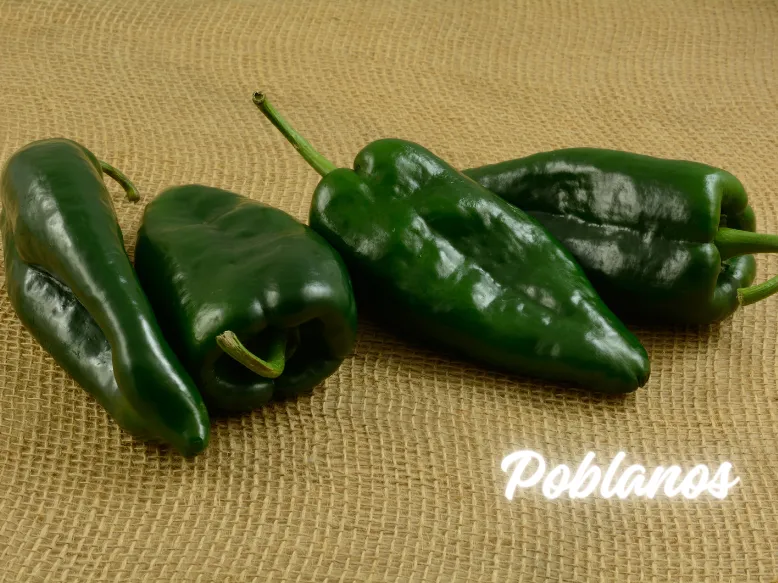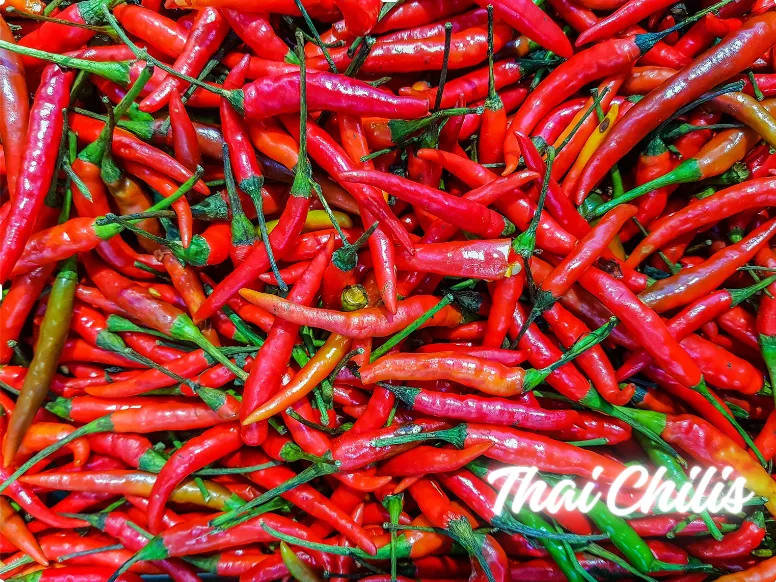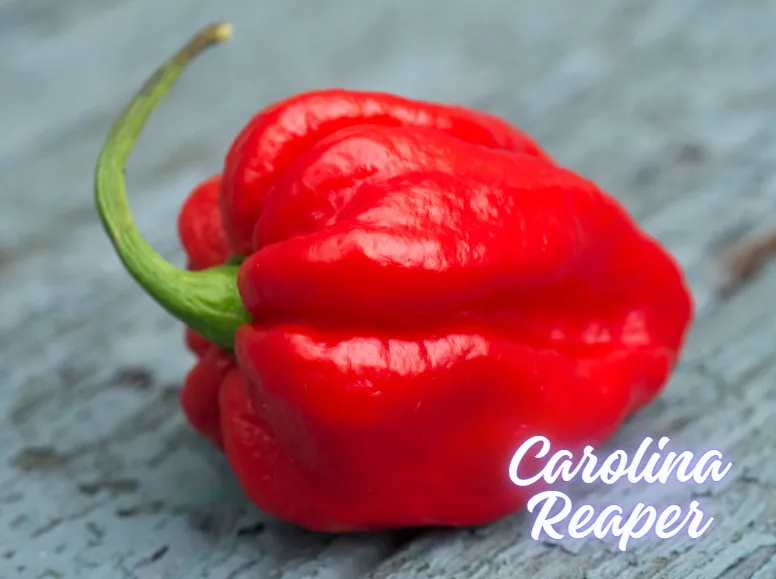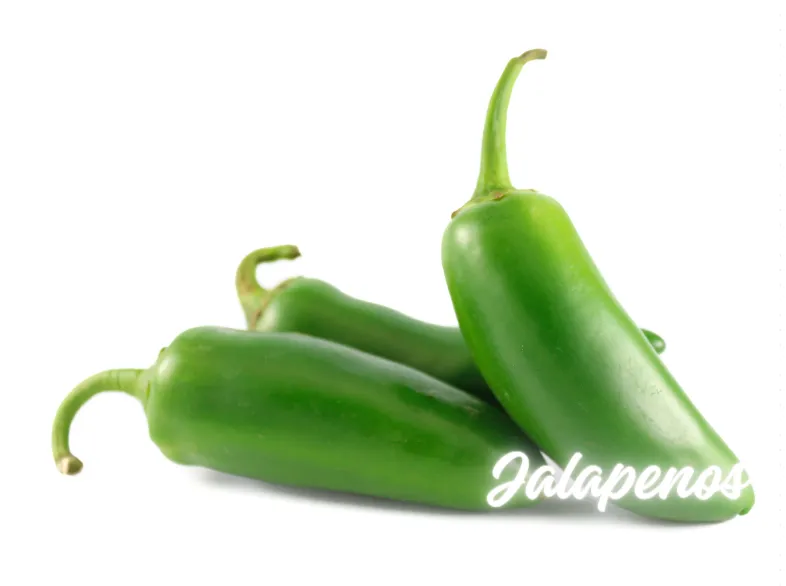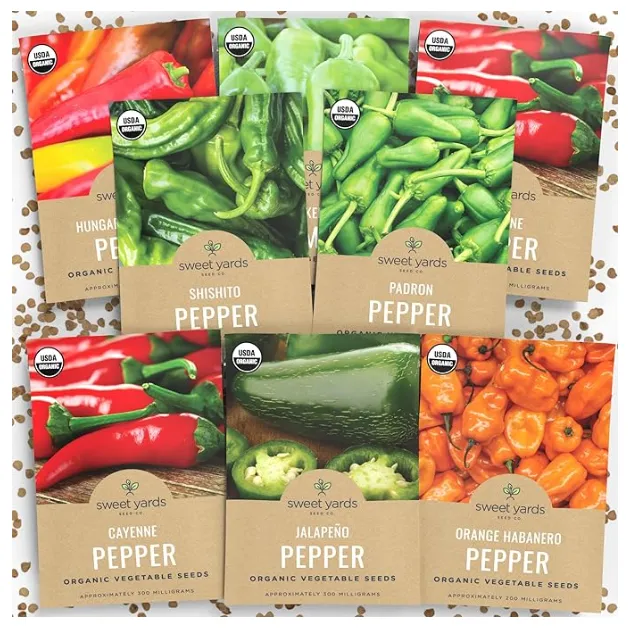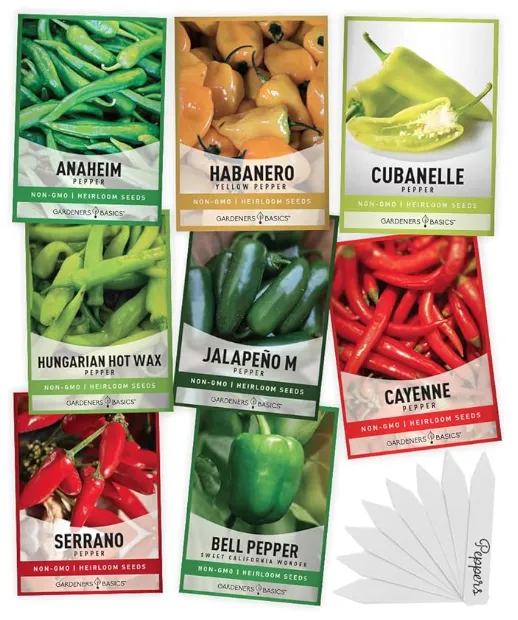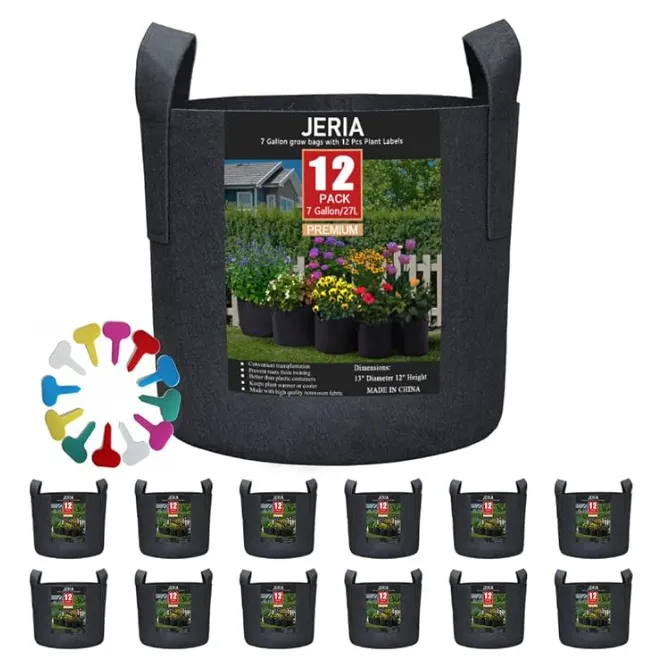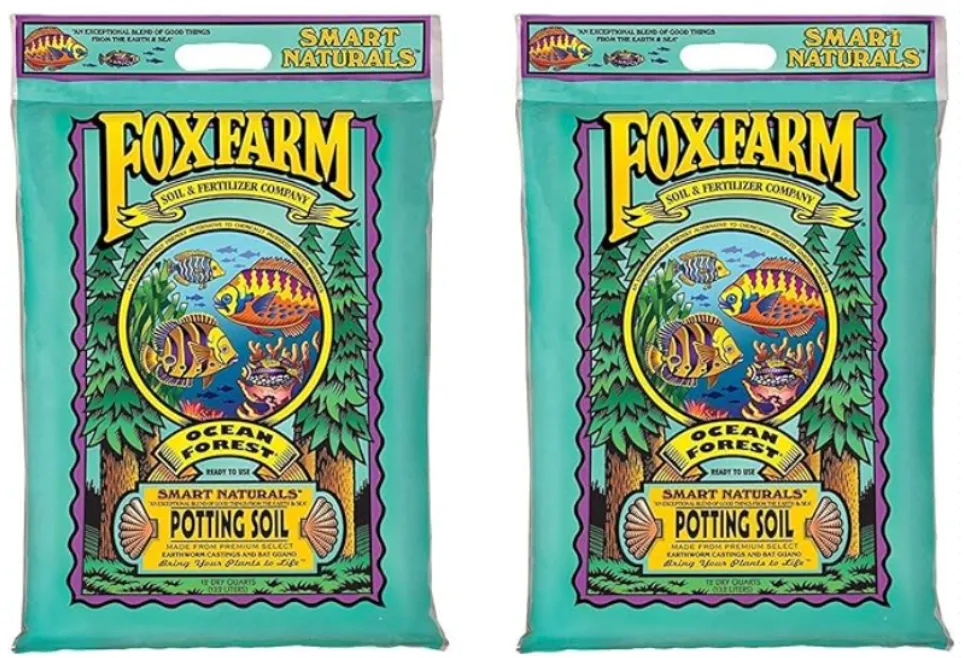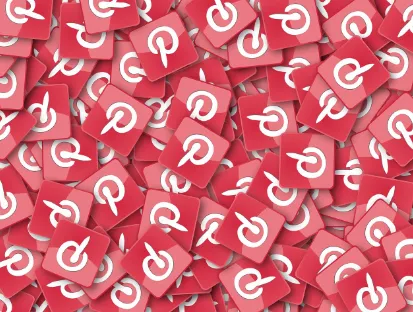Peppers Bring Spice to Life!
Peppers, the vibrant fruits of the Capsicum genus, have fascinated and challenged culinary boundaries worldwide. With their diverse range of flavors, colors, and heat levels, peppers are a staple in cuisines across the globe, offering everything from a subtle zest to an intense heat that can challenge even the bravest spice enthusiasts. This comprehensive exploration takes you through 30 different pepper varieties, organized from the mildest to the hottest based on their Scoville Heat Units (SHU), providing insights into their flavor profiles and traditional culinary uses.
Bell Pepper
SHU: 0
Flavor: Sweet, crisp, varying by color.
Uses: Salads, stir-fries, roasted, stuffed.
Sweet Banana Pepper
SHU: 0 to 500
Flavor: Mild, tangy.
Uses: Sandwiches, salads, stuffed.
Paprika Pepper
SHU: 250 to 1,000
Flavor: Sweet to mildly spicy, smokey.
Uses: Ground into paprika spice, seasoning for dishes.
Piquillo Pepper
SHU: 500 to 1,000
Flavor: Sweet, complex tanginess.
Uses: Roasted, salads, stuffed.
Gypsy Pepper
SHU: 0 to 1,000
Flavor: Mild, sweet, versatile.
Uses: Fried, stuffed, salads, sandwiches.
Poblano Pepper
SHU: 1,000 to 1,500
Flavor: Deep, earthy.
Uses: Roasted, stuffed, chiles rellenos, mole sauces.
Pasilla Chili
SHU: 1,000 to 2,500
Flavor: Rich, smoky.
Uses: Sauces, moles.
California Chili
SHU: 500 to 2,500
Flavor: Slightly sweet, crisp, fruity.
Uses: Stuffing, roasting, chili sauces.
Hungarian Wax Pepper
SHU: 1,000 to 15,000
Flavor: Sweet yet spicy.
Uses: Pickled, fresh in salads, sandwiches.
Guajillo Chili
SHU: 2,500 to 5,000
Flavor: Sweet, tangy, slightly smoky.
Uses: Sauces, salsas, marinades.
Jalapeños
SHU: 2,500 to 8,000
Flavor: Balanced heat, bright vegetal.
Uses: Salsas, dips, jalapeño poppers, pickled.
Lemon Drop Pepper (Aji Limon)
SHU: 15,000 to 30,000
Flavor: Bright, citrusy, sharp.
Uses: Salsas, ceviches, hot sauces.
Bishop’s Crown
SHU: 5,000 to 30,000
Flavor: Fruity, sweet.
Uses: Salads, salsas.
Serrano Pepper
SHU: 10,000 to 23,000
Flavor: Crisp, bright, slightly bitter.
Uses: Fresh in salsas, guacamole, pico de gallo.
Peter Pepper
SHU: 10,000 to 23,000
Flavor: Adds heat to salsas and sauces.
Uses: Salsas, sauces.
Pequin Pepper
SHU: 40,000 to 60,000
Flavor: Nutty, smoky, citrusy.
Uses: Mexican cuisine, salsas, sauces.
Cayenne Pepper
SHU: 30,000 to 50,000
Flavor: Sharp, pungent.
Uses: Ground into powder for hot sauces, spicy dishes.
Aji Amarillo
SHU: 30,000 to 50,000
Flavor: Fruity, tropical.
Uses: Peruvian dishes, ceviche, aji de gallina.
Rocoto Pepper
SHU: 50,000 to 250,000
Flavor: Berry-like.
Uses: Salsas, sauces, stuffed dishes.
Thai Chili (Bird's Eye)
SHU: 50,000 to 100,000
Flavor: Sharp, intense, light fruity.
Uses: Curries, soups, sauces, dips.
Tien Tsin Pepper
SHU: 50,000 to 75,000
Flavor: Dried to add heat.
Uses: Chinese cuisine, Kung Pao Chicken.
Siling Labuyo
SHU: 80,000 to 100,000
Flavor: Intense heat and flavor.
Uses: Filipino dishes.
Datil Pepper
SHU: 100,000 to 300,000
Flavor: Fruity, sweet, citrusy.
Uses: Hot sauces, mustards, relish.
Habanero
SHU: 100,000 to 350,000
Flavor: Citrusy, floral.
Uses: Salsas, hot sauces, marinades.
Scotch Bonnet
SHU: 100,000 to 250,000
Flavor: Sweet, slightly tangy.
Uses: Caribbean cuisine, jerk dishes, hot sauces.
Scotch Bonnet (Chocolate)
SHU: 100,000 to 400,000
Flavor: Smoky, sweet.
Uses: Jerk dishes, stews, sauces.
Chocolate Habanero
SHU: 300,000 to 450,000
Flavor: Smoky, earthy.
Uses: Salsas, hot sauces, Caribbean dishes.
Ghost Pepper (Bhut Jolokia)
SHU: 855,000 to 1,041,427
Flavor: Sweet and fruity.
Uses: Extreme hot sauces, fiery dishes.
Trinidad Moruga Scorpion
SHU: 1,200,000 to 2,009,231
Flavor: Fruity and floral.
Uses: Very spicy dishes, hot sauces.
Carolina Reaper
SHU: 1,400,000 to 2,200,000
Flavor: Fruity, sweet before the heat.
Uses: Ultimate spice challenge, sauces, extracts.
Navigating the Scoville scale from the innocuous bell pepper to the formidable Carolina Reaper reveals the incredible diversity and culinary potential of peppers. Each variety brings its unique combination of heat, flavor, and color to dishes, allowing chefs and home cooks alike to tailor their spice levels and flavor profiles. Whether you're looking to add a mild zest or a scorching heat to your cooking, the world of peppers offers endless possibilities for experimentation and enjoyment.
How to Grow Peppers: A Guide for the Sustainable Gourmet
Growing your own peppers is a rewarding experience that not only brings a splash of color to your garden but also provides you with a fresh, flavorful supply of gourmet ingredients right at your doorstep. Whether you're a fan of the sweet Bell pepper or the fiery Carolina Reaper, cultivating peppers can be a delightful addition to your sustainable living and good eating practices. Here's a comprehensive guide on how to grow peppers, ensuring your garden is both vibrant and productive.
1. Choose Your Varieties
Start by selecting the pepper varieties that best suit your culinary preferences and climate. Consider diversifying your garden with a mix of sweet and hot peppers. Sweet varieties like Bell peppers are perfect for salads and stuffing, while hot peppers like Jalapeños or Habaneros add zest to dishes. Research the growing requirements and Scoville Heat Units (SHU) to match your taste and gardening capabilities.
2. Start Seeds Indoors
Peppers require a warm growing season; thus, starting your seeds indoors is crucial, especially in cooler climates. Begin 8-10 weeks before the last expected frost date. Use a seed starting mix in small pots or trays, planting seeds about ¼ inch deep. Keep the soil moist and warm, around 80-90°F (27-32°C), to encourage germination. A heat mat can be beneficial during this stage.
3. Provide Plenty of Light
Once germinated, seedlings need plenty of light to grow strong. Place them in a sunny window or under grow lights for 16-18 hours a day. Ensure the light source is close enough to prevent leggy growth but not so close that it causes scorching.
4. Harden Off Seedlings
Before transplanting outdoors, seedlings need to acclimate to outside conditions. This process, known as hardening off, involves gradually exposing plants to outdoor weather over a week. Start by placing them outside in a shaded, protected area for a few hours each day, gradually increasing exposure to sun and wind.
5. Choose the Right Spot
Select a sunny spot in your garden that receives at least 6-8 hours of direct sunlight daily. Peppers thrive in well-draining soil with a pH of 6.2 to 7.0. Amend your garden soil with compost or well-rotted manure to improve fertility and structure.
6. Planting Out
After all danger of frost has passed and nighttime temperatures consistently stay above 55°F (13°C), it's safe to transplant your peppers. Space plants about 18-24 inches apart in rows that are 2-3 feet apart. Planting slightly deeper than they were in their pots can help support their stems.
7. Water and Mulch
Peppers require consistent moisture to develop well, so water regularly, aiming for at least an inch per week. Mulching with organic material helps retain soil moisture, suppress weeds, and keep roots cool. However, avoid over-watering, as this can lead to root rot.
8. Support Plants
Tall varieties or those bearing heavy fruit loads may need staking or support to prevent branches from breaking. Use stakes, cages, or trellises to provide support as needed.
9. Fertilize Moderately
Peppers are not heavy feeders, but they do benefit from moderate fertilization. Use a balanced, slow-release fertilizer at planting and then a low-nitrogen, high-phosphorus formula when fruits begin to form to encourage blooming and fruiting.
10. Harvesting
Peppers can be harvested at any stage of development, but flavor and heat fully develop when they're allowed to ripen on the plant. Use a sharp knife or scissors to cut peppers from the plants to avoid damaging the branches.
11. Pest and Disease Management
Keep an eye out for common pests such as aphids and diseases like blossom end rot. Practice crop rotation, use organic pesticides sparingly, and ensure good air circulation around plants to prevent issues.
Growing peppers is not only an act of sustainability but a step towards enhancing your culinary creations with fresh, organic produce. By following these steps, you can enjoy a bountiful harvest of peppers that bring both heat and flavor to your kitchen. Happy gardening!
Gourmet Multi-Pepper Chili with Homemade Roasted California Chili Powder
Elevate your culinary experience with this gourmet multi-pepper chili recipe, featuring a rich blend of fresh peppers and a unique, homemade roasted California chili powder. This hearty dish combines the warmth of ground beef, the complexity of multiple pepper varieties, and the depth of custom-blended spices, enhanced with the smooth taste of Modelo beer. Perfect for those who appreciate the art of cooking and the joy of tasting.
Ingredients
For the Chili:
- 2 lbs ground beef
- 1 large Bell pepper, diced
- 2 Jalapeños, finely chopped (remove seeds for less heat)
- 1 Poblano pepper, roasted, skinned, and chopped
- 2 Serrano peppers, minced (optional for extra heat)
- 1 large onion, diced
- 4 cloves garlic, minced
- 1 cup diced tomatoes, fresh or canned
- 1 cup tomato sauce
- 2 cans (15 oz each) beans, drained and rinsed (kidney, black, or pinto beans)
- 2 cups beef broth
- 1 Modelo beer
- Salt and pepper to taste
For Homemade Roasted California Chili Powder:
- 6 dried California chilis
- 2 tablespoons cumin seeds
- 1 tablespoon garlic powder
- 1 teaspoon onion powder
- 1 teaspoon dried oregano
- 1/2 teaspoon smoked paprika (optional)
- 1/4 teaspoon cayenne pepper (adjust to taste)
Extras for Serving:
- Cheddar cheese, sour cream, chopped green onions, cilantro
Instructions
1. Prepare the Homemade Roasted California Chili Powder:
- Roast: Remove stems and seeds from the California chilis. Heat a dry skillet over medium, add chilis and cumin seeds, and roast until fragrant. Let cool.
- Grind: Transfer the cooled ingredients to a food processor, adding garlic powder, onion powder, oregano, smoked paprika, and cayenne. Pulse to desired consistency. Store in an airtight container.
2. Cook the Chili:
- Brown the Beef: In a large pot, cook the ground beef over medium heat until browned. Drain excess fat.
- Sauté Vegetables: In the same pot, add a bit of oil if needed and sauté onions, garlic, Bell pepper, Jalapeños, and Serrano peppers until soft.
- Combine: Add the browned beef back to the pot along with diced tomatoes, tomato sauce, roasted Poblano pepper, beans, and 2 tablespoons of the homemade chili powder (or to taste).
- Add Liquids: Pour in the beef broth and Modelo beer. Stir well, ensuring the liquid just covers the ingredients. Add more broth if necessary.
- Simmer: Bring to a boil, then reduce heat to low. Simmer uncovered for 1 hour, stirring occasionally. For thicker chili, simmer longer.
- Season: Taste and adjust the seasoning with additional chili powder, salt, and pepper as needed.
3. Serve:
Ladle the chili into bowls and garnish with shredded cheddar cheese, a dollop of sour cream, chopped green onions, and fresh cilantro. Enjoy with a side of cornbread or tortilla chips for a comforting and satisfying meal.
Tips
- Adjust the Heat: The beauty of homemade chili powder is the ability to adjust the heat and flavor to your liking. Feel free to experiment with the amount of each pepper.
- Make Ahead: Chili tastes even better the next day as the flavors meld together, making it a great make-ahead meal.
- Storage: Both the chili and the homemade chili powder store well, allowing you to enjoy the fruits of your labor for days (and even months for the powder) to come.
This gourmet multi-pepper chili with homemade roasted California chili powder is not just a meal; it's an experience. Each spoonful brings a burst of flavors and a satisfying warmth, perfect for any season. Enjoy crafting this culinary masterpiece that’s sure to impress your family and friends.
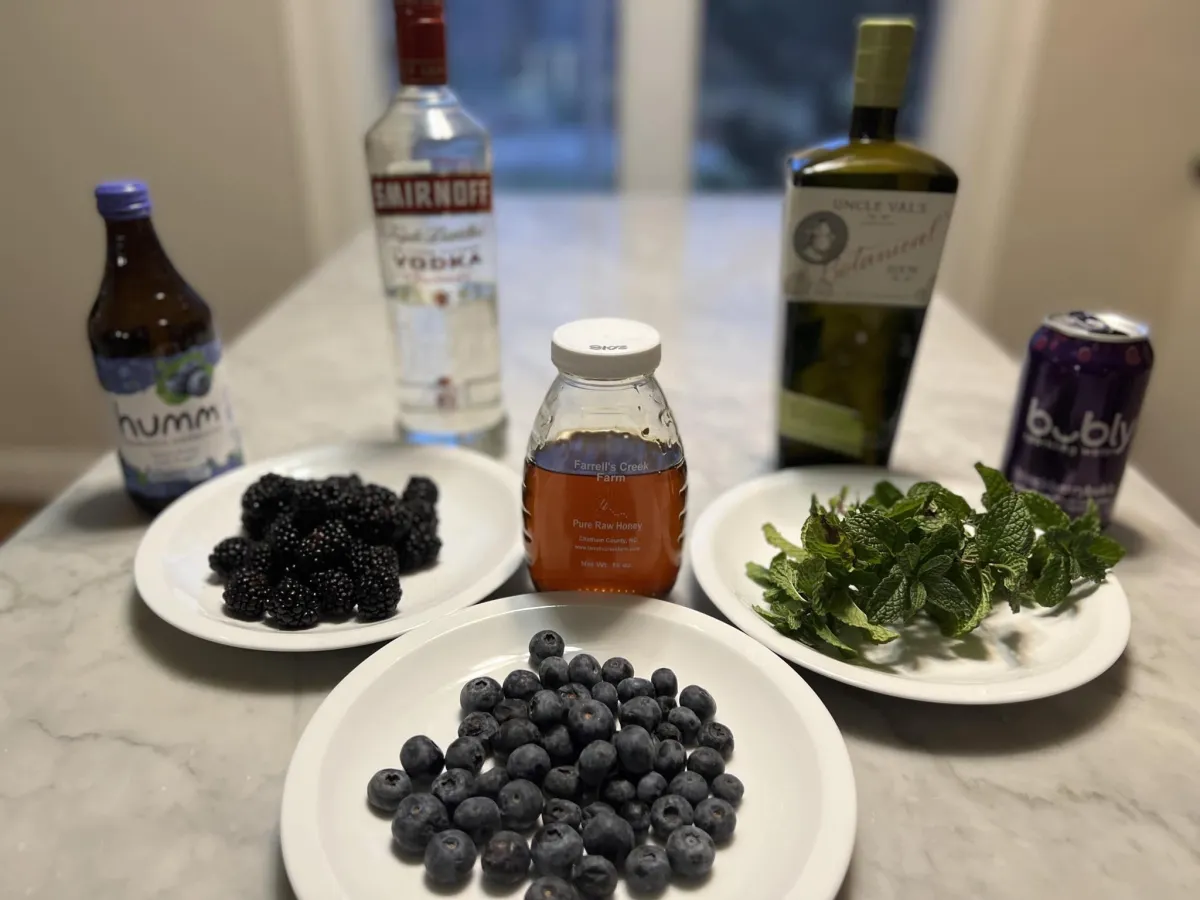
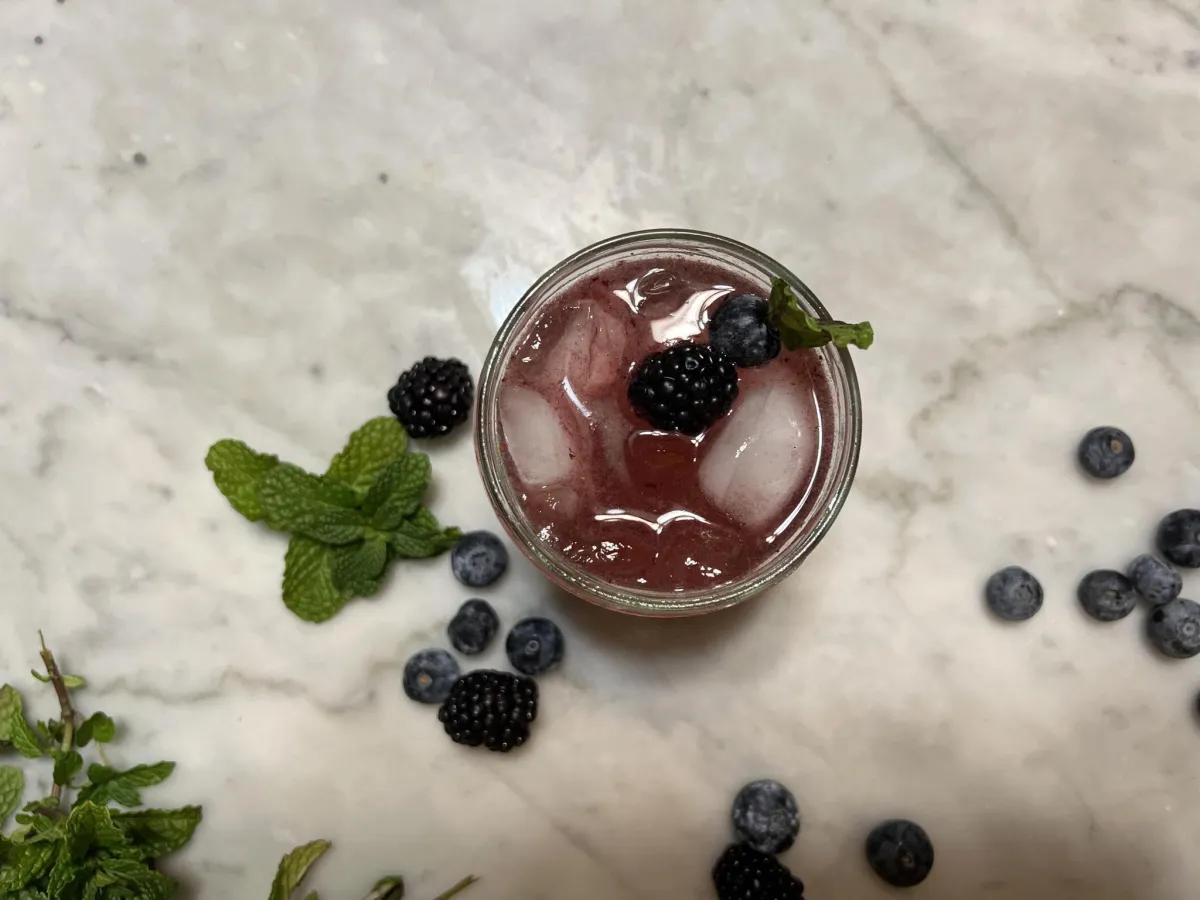

Receive free recipes, education, and exclusive email offers for our products, those of our friends and affiliates and notifications of new content.

email: [email protected]
Disclaimer: * Should you make a purchase via a link found in this website, it's important to understand that we may have a partnership with the provider of the product or service you're buying, which could result in compensation for us. We encourage you to conduct your own research prior to making any purchases.
Copyright 2023. All rights reserved.
